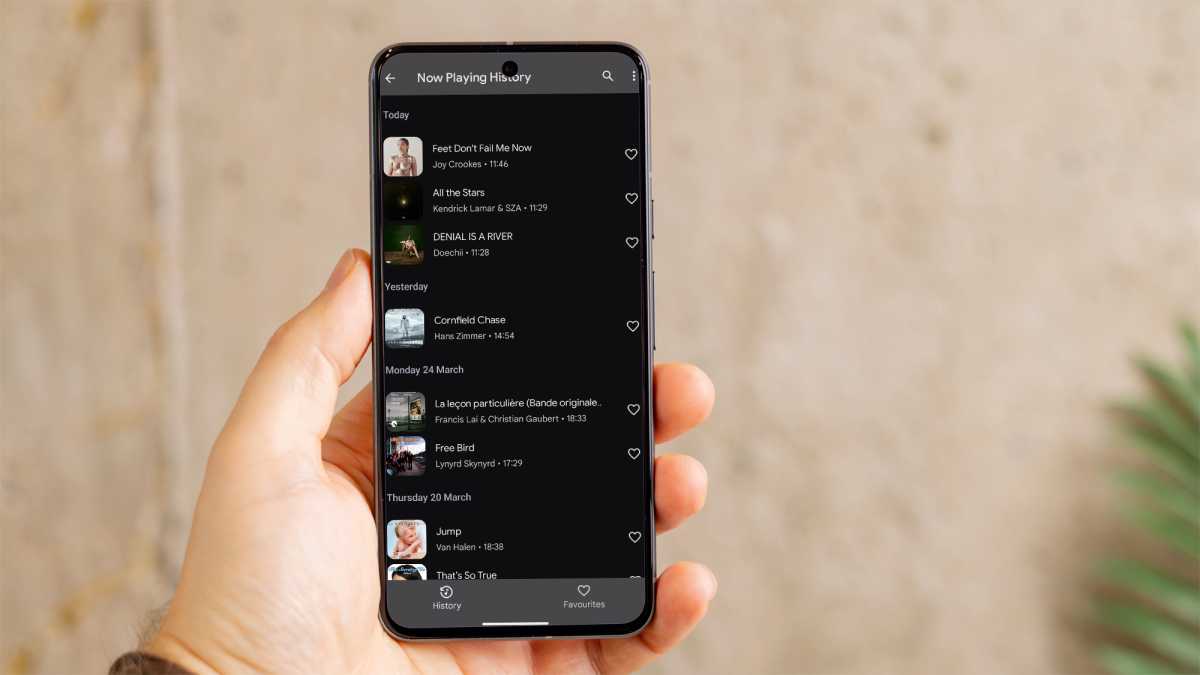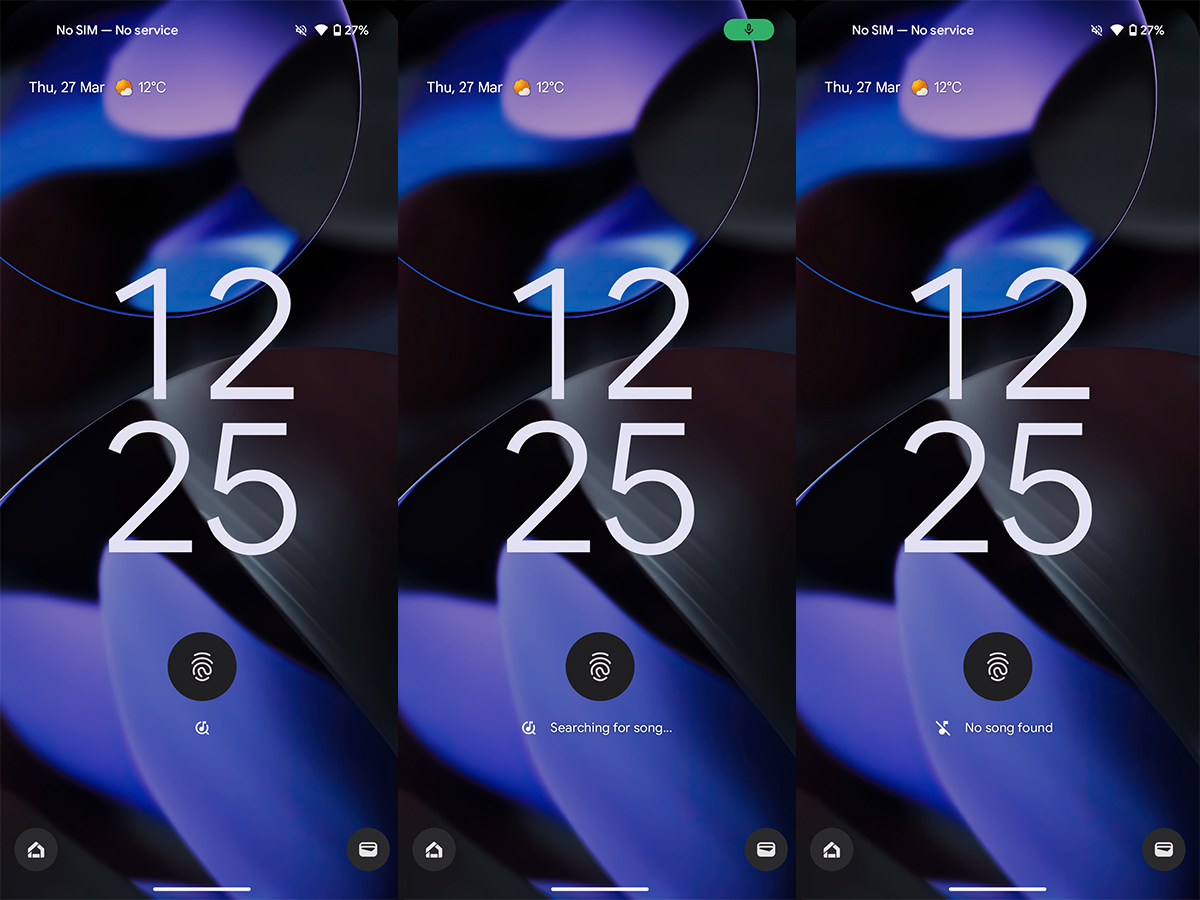Since owning a smartphone, I’ve developed an unhealthy obsession with discovering new music.
It started out innocently enough, with recommendations on Amazon Music and YouTube leading to some memorable discoveries.
But more recently, it’s gotten out of hand. Now, if I hear any remotely interesting song that I’m not familiar with, I just have to know what it is.
Modern phones make this easier than ever: just download Shazam and tap the big button in the middle of the screen. You’ll usually be presented with the song title and artist within seconds.
However, this approach has two major flaws.
The first is that it takes you out of the moment. I can’t tell you how many times I’ve held my phone up in the air like an idiot, desperately trying to find out what song is playing. Invariably, it doesn’t work first time, much to the annoyance of everyone around me.
You can set it up to ‘Auto Shazam’, but that requires your microphone to be permanently active, which isn’t exactly ideal.
I can’t tell you how many times I’ve held my phone up in the air like an idiot, desperately trying to find out what song is playing
The other is that Shazam relies on an internet connection to work. That’s fine when I hear a cool song in an ad on TV, but during a party in a basement? You can forget about it.
On paper, a feature exclusive to Google Pixel phones is the perfect solution. First introduced back in 2017, ‘Now Playing’ automatically listens out for any song that’s playing near your phone and identifies it.

Dominik Tomaszewski / Foundry
What’s more, it works entirely on-device, meaning it’ll work even when you’re not connected. No audio is ever sent to Google, so it’s a much better option with regards to privacy.
You can see why I was so excited to try it out. When I reviewed my first Pixel phone (the Pixel 8), it worked well most of the time. But after using the Pixel 9 Pro XL for more than three months, the limitations of Now Playing have been brutally exposed.
The big problem? It only actually works about two-thirds of the time. For every two songs that were seamlessly identified, there was another that was a total failure. I found it struggled with songs released in the last month or so, suggesting its offline database is out of date.
After using the Pixel 9 Pro XL for more than three months, the limitations of Now Playing have been brutally exposed
As you might expect, there’s also a big difference in success rates when you have your phone out on a table as opposed to in your pocket. It also consistently struggles if the sound is muffled or there are competing noises.
As soon as it recognises that there’s a song playing, Google will let you manually search for it from the lock screen. But the success rate doesn’t seem to improve, and it’s only slightly more convenient than opening the Shazam app, which I found to be much more reliable.

Anyron Copeman / Foundry
Sadly, the current iteration of Now Playing is anything but seamless. For the best chance of actually finding out what a song is, open Shazam and pray you have an internet connection.
It’s not just me: the Now Playing feature has been broken for a while.
However, there’s hope on the horizon. As Ars Technica reports, Google has responded to users complaining that the feature doesn’t work, saying it’s been “marked as fixed” and that a fix is “rolling out in an upcoming release”.
Exactly when that’ll be remains to be seen. But if it meant Now Playing finally fulfils its incredible potential, it’ll be a game-changer for me and other music discovery fanatics.
In the meantime, Shazam is your best bet. Or, I dunno, you could live with the uncertainty of not knowing? Now there’s a terrifying concept.





